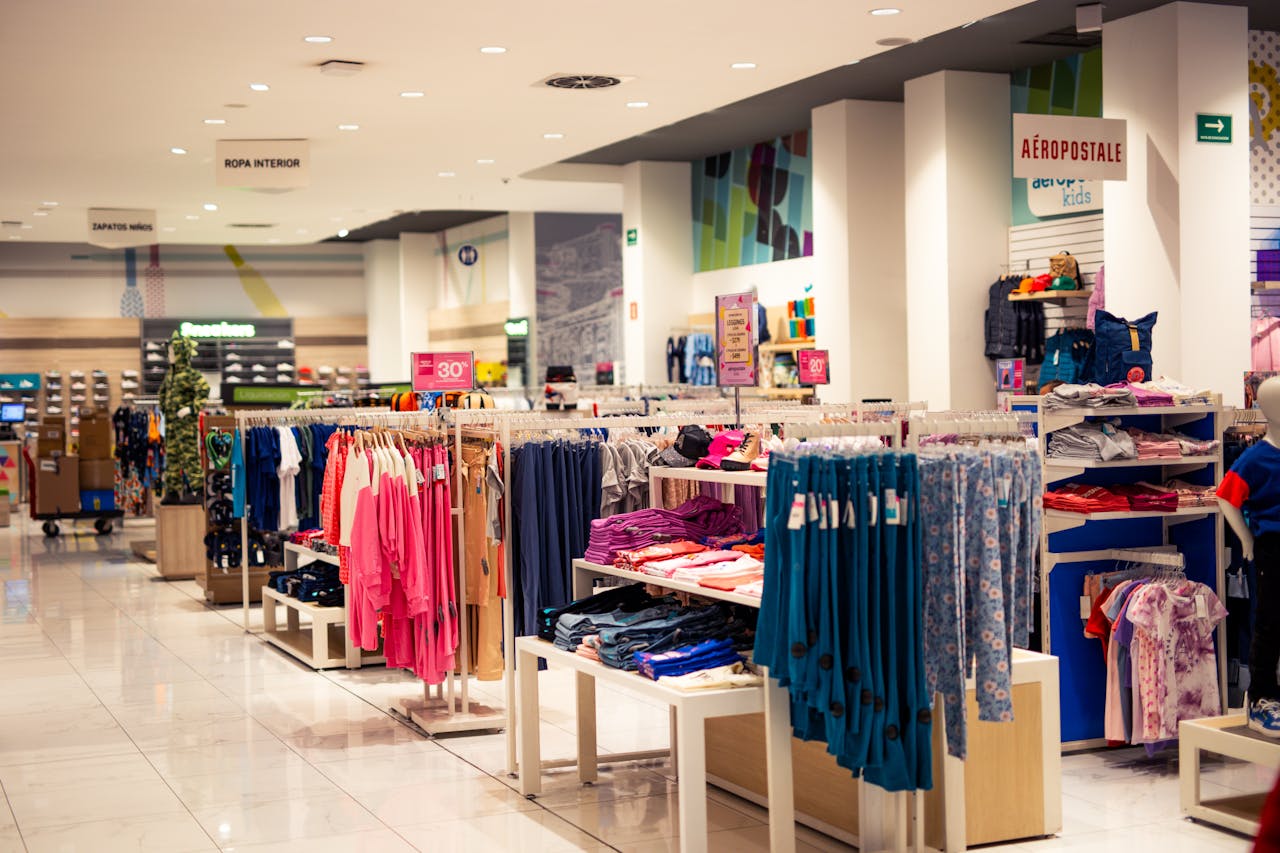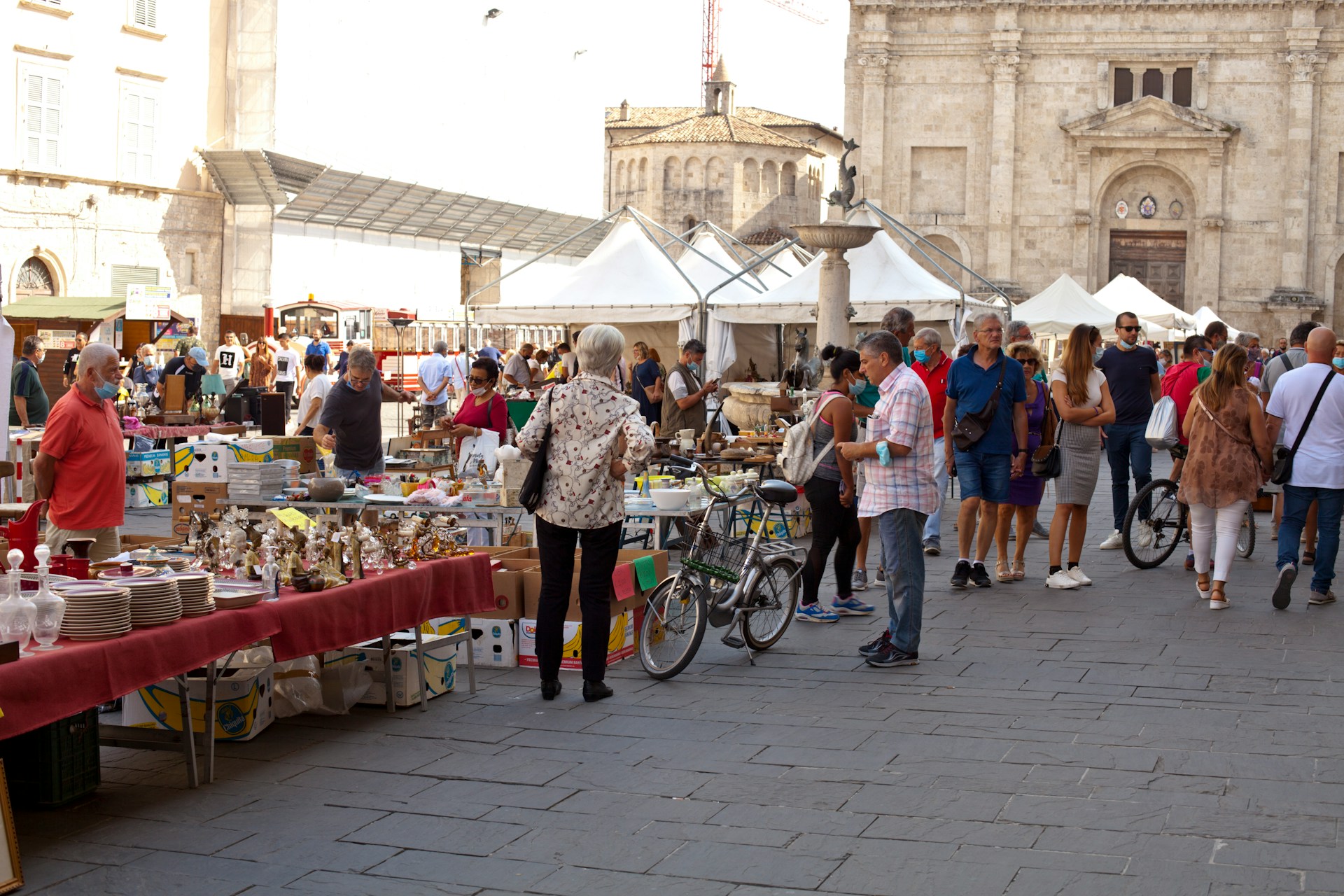Santiago’s fake markets aren’t obvious. They don’t flash neon signs like other big brand stores. Instead, they hide in plain sight, mixed with other products. You will find fake football jerseys, replica sneakers, and other items that look very close to the originals. Let’s take a look at some of these markets.

Located in the Franklin neighbourhood, this market is a maze of open-air stalls, indoor warehouses, and secondhand shops. While it is famous for antiques, vintage finds, and odd collectables, there is also a significant trade in fake goods.
You will come across stalls filled with knock-off sports jerseys, counterfeit sneakers resembling the latest Adidas or Nike drops, and watches that mimic luxury brands. The prices are enticing, and the sellers know how to pitch their merchandise well. While some items are obvious fakes, others are high-quality replicas that could easily fool the eye.
The atmosphere is an added advantage here, pleasant with everything from food vendors selling empanadas and mote con huesillo, to street musicians and graffiti artists. It is a fascinating experience, and even if you are not buying, it is worth it just for the buzz.
The Meiggs District is a dense commercial zone that has become synonymous with cheap goods and high-volume retail. Popular with locals looking for affordable prices, Meiggs also sells fake goods, although in the shadows.
You will find some stores and vendors selling replica perfumes and branded clothing. It is also a hotspot for tech knock-offs and accessories, so don't be surprised to stumble on faux Ray-Bans and imitations of iPhones and Bluetooth speakers. The market is especially active around holiday seasons when people are looking for cheaper gift options.
Be ready to haggle too. Prices can drop drastically if you show enough interest. Meiggs may not be the most glamorous part of Santiago, but it is one of the most resourceful when it comes to shopping on a budget.
Patronato is full of boutiques, wholesale shops, and an eclectic mix of local and imported clothing. Nestled between Bellavista and Recoleta, this area caters to young fashionistas and savvy shoppers looking for trendy outfits without the designer price tags.
Many shops here sell Korean, Chinese, and Turkish imports, but a good portion of the goods are replicas of designer brands. The difference here is very small, and some vendors may not advertise them as fakes. However, if you are a savvy shopper, you can quickly spot the similarities in logo design, packaging, and stitching patterns.
At first glance, Feria Santa Lucía is an artisanal and souvenir market. It is colourful, tourist-friendly, and loaded with handmade crafts, local textiles, and Andean trinkets. But hidden among the authentic items are some sneaky fakes and imitations.
Tourists looking for luxury-branded items often find replica watches, caps, and t-shirts bearing logos of brands like Gucci, Supreme, or Lacoste. These are often stylised to avoid legal issues but are clearly inspired by the originals. The prices are low, and the vendors know how to make you laugh while they pitch their products.

Exploring Santiago’s fake markets offers more than just the chance to snag a cheap pair of trainers or a designer-look handbag. It is a great way to connect with Santiago’s street-level energy and local culture, especially for tourists.
Just remember that buying fake goods can come with ethical and legal considerations and implications. Always be respectful of local laws, and use your judgment when making purchases. If nothing else, enjoy the hunt and the atmosphere.
If you want the latest information on the best Hotel Executive Club Lounges, Hotel Kids Clubs and other travel information, be sure to sign up for our free newsletter full of tips and great travel ideas.